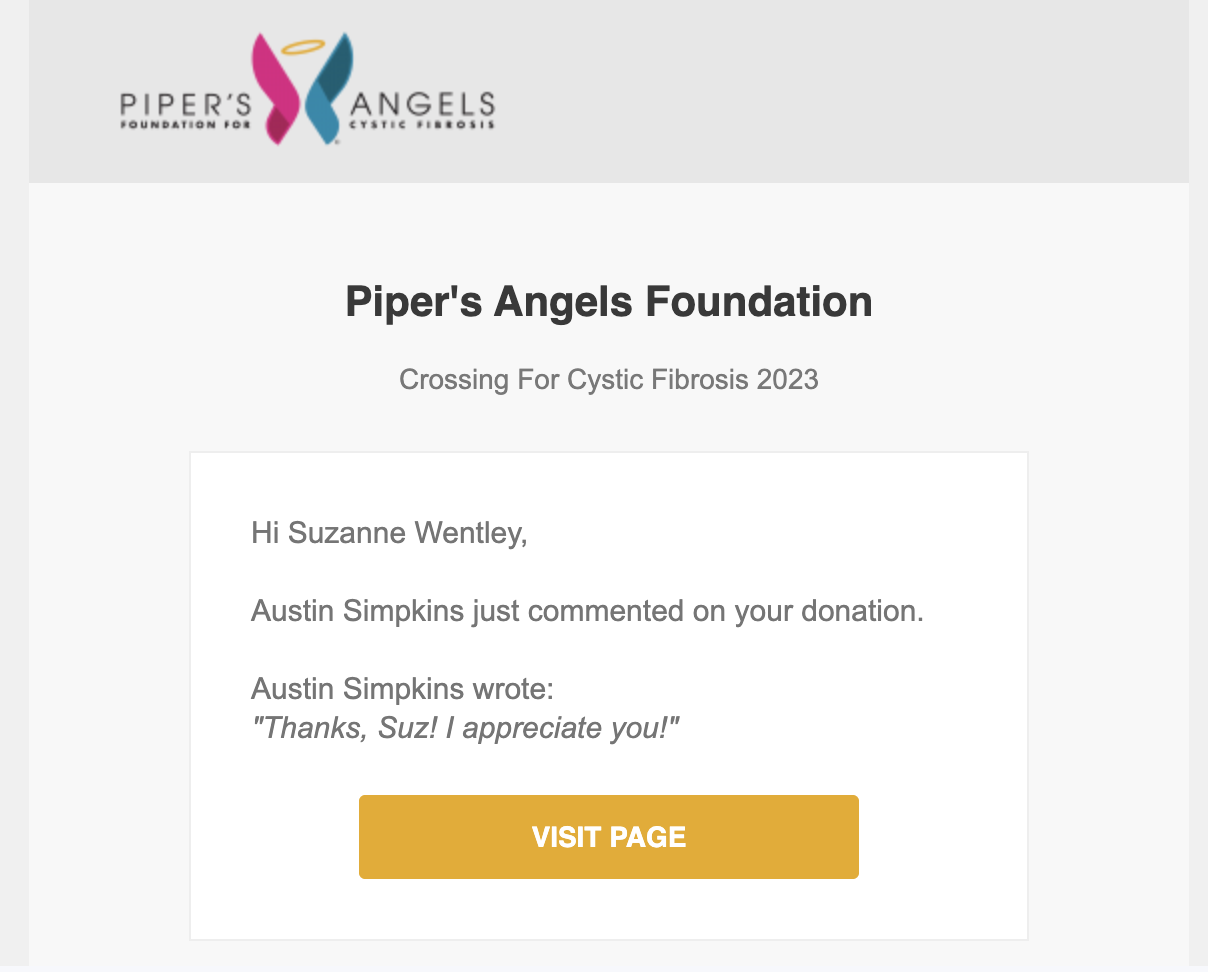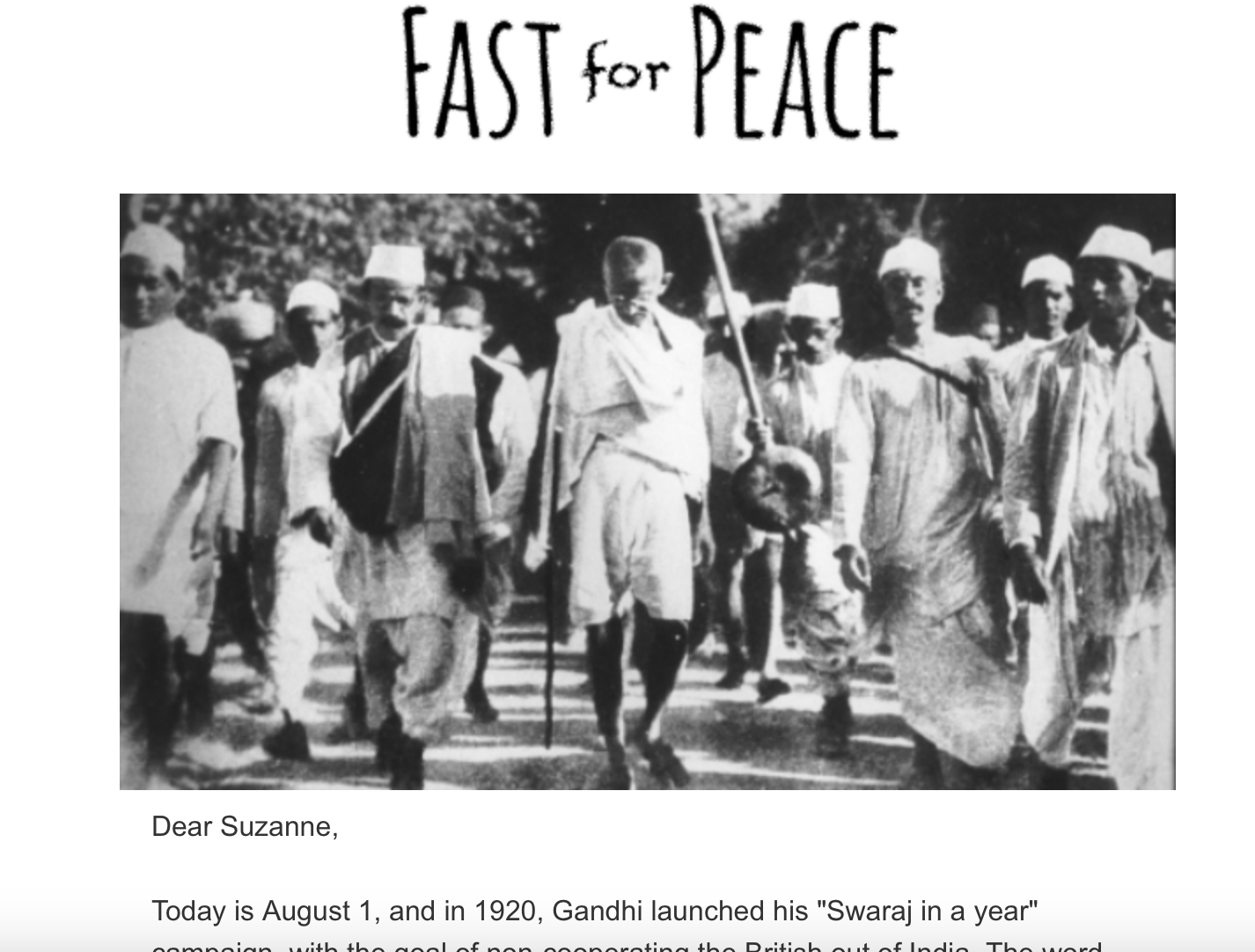
Nonprofit development and communications staff know how important — necessary, really — to maximize every method for connecting with donors, stakeholders and clients who benefit from your services. If you’re not practicing email segmentation for nonprofits, you’re missing a big opportunity to deepen relationships and widen your reach.
When I worked as a grant writer for a nonprofit, I was also the communications director. So, I know that nonprofit professionals often have to wear multiple hats. You must work smarter and learn the best practices and powerful methods to improve the return on your investment of time.
The practice of email segmentation for nonprofits rests on the marketing focus on your target audience. As you likely know, any marketing materials you create must be directed at a specific group of people. The narrower your focus on your target audience, the more effective your communication.
When you have a large email list you’ve steadily grown over time, that’s simply too large of an audience for a powerful email strategy. Your volunteers, board members and clients all have very different relationships, expectations, and needs. You have to reach out in different ways. When you add email list segmentation to your strategy, you can make this easy.
What is email segmentation?
Email segmentation is the process of breaking up an email list into smaller, more targeted groups. This is a method of personalization, which is one of the best customer retention strategies used by for-profit businesses and nonprofits alike. After all, you need to use any strategy you can to connect with people who support your mission.
The ways you decide to split up that big email list are fully dependent on the unique region, mission statement and needs of your organization. Think about the natural structure of the nonprofit. For example, perhaps your clients are scattered geographically. You may have people on your email list who don’t need your services but have a history of supporting the work by attending fundraising events. Or, maybe there is a group of volunteers whose needs differ still.

Consider a non-profit like Kids In Need Foundation, which supports under-resourced teachers and students. They wouldn’t want to send their emails asking for donations to the teachers they serve. That could result in some confusion. They’d need a segment for donors and a separate segment to communicate with teachers. They might need a third segment for school administrators who could help them with distribution.
The goal is to create an infrastructure to build an email marketing strategy. Once you do the work of breaking up your main email list into smaller lists, you can send specific messages that each group will care about and skip the ones they won’t.
The importance of email segmentation for nonprofits
The reason you want to narrow the target of your focus for all nonprofit emails is that there is value in getting your email recipients to feel like they have a real connection with your organization. The more they feel that the nonprofit cares about them and what they care about, the more likely they will engage in your fundraising campaigns. The more support your organization will get.
Already, nonprofits enjoy an overall better open rate for emails than other kinds of business. According to a recent study by Constant Contact, nonprofit organizations have a 29% open rate compared to the business-to-consumer rate of 23% and business-to-business rate of 20%. The people on your email list want to know what’s new and how they can help support your mission.
But if they receive inappropriate messages, they will look elsewhere to help the community. For example, let’s say your mission is focused on helping people who can’t afford to get their pets spayed or neutered. Your board of directors decides to have an expensive-ticket black-tie gala to raise funds. If you send out invitations to people struggling to pay their rent, it may not resonate well. Conversely, a coupon for a free service may be unnecessary for those big donors.
It can take time to organize the email list into different segments, but it is the kind of work that can pay dividends in benefits for the organization in the long run.
Benefits of email segmentation for nonprofits
To improve the success of every phase of email marketing for nonprofits, divide your big email list into smaller segments. You’ll be better prepared to enhance your future connections and so much more.
Improved donor engagement
Donor relationships: That’s the one investment to make to increase donor engagement in your nonprofit. You can’t get to know someone or help them get to know your organization by sending a single email to everyone encountered through the years of work. When you are more focused on your messaging, you are more likely to get a response. With this online communication, you can focus on the same values and trust that come from building relationships offline.
Enhanced personalization
There’s a lot of talk in the marketing community about how to make automation and personalization work together, and email segmentation is one solution. The concept here is to speak directly to the recipient’s experience but in a way that doesn’t require you to send different emails to each individual.
Breaking up your email list allows you to strategically send messages to specific, smaller groups so you can share exactly what the person wants and needs to know.
Increased email open and click-through rates
Two good metrics to track when determining the success of an email marketing campaign are the email open and click-through rates. The open rate, as I mentioned, is already relatively good for nonprofits in general, but you can always strive to increase the percentage of people who open your email. That can be challenging because some email programs have recently added privacy measures, so you can’t always rely on that data.
Click-through rates are a better indicator. This metric calculates the number of emails you sent out divided by the number of people who clicked on a link embedded in your email. It’s also known as a click-to-open rate. When you have a smaller group that you are messaging, it’s easier to create a linked call-to-action that they want to click — be that an invitation to a fundraising event or news about a new program that could benefit them.
Higher conversion rates
In nonprofits, we don’t talk much about increasing sales conversion rates, but it’s another way of looking at the journey a person takes, from learning about your organization to supporting it financially. Instead of selling a product or service, you’re asking for donations.
To have more conversions, fundraisers start with extensive research to best understand the wants and needs of their prospects. It’s the same work you’ll do to break up your email list strategically. Use the available data to recognize patterns that demonstrate the type of messaging the person is interested in. Then, they’ll be more likely to connect with your mission — and support it, too.
Better fundraising results
Whether it’s a creative fundraising event or a direct, holiday-themed appeal, every person working in development knows the goal is to bring in new support while maintaining the support of recurring donors. That can be a challenge, but you’ll be more successful in fundraising if you remember the importance of building relationships through targeted email communication.
For example, you could have an email segment of people who have used your services in the past. They could be considered “alumni,” with specific fundraising requests or targeted upcoming events that differ in tone and message from the kind of asks you’d make to someone with their own charitable foundation.
Improved email deliverability
Another great metric to track for the success of your email marketing is email deliverability, which is the rate at which your emails land in a person’s inbox rather than in the spam folder or bounce back to you. There are plenty of reasons for the bounce or the block, and one is that the recipient relegates your messages to the junk folder.
If you have low email deliverability, it could be that you’re sending an email that the recipient doesn’t feel applies to them. But when you employ email segmentation in your campaign, you’ll only send messages intended for specific groups of people.

Types of email segmentation for nonprofits
The concept of understanding email segmentation is certainly easier than the process of breaking up that huge list. Here are some common ways that nonprofits break up the list.
Demographic segmentation
When any business begins to identify the target audience, the first consideration is demographics. These can include:
- Age
- Gender
- Geographic location
- Income
You’ll know if it makes sense to break up your list by these personal characteristics. Email segmentation for nonprofits isn’t just creating lists for the sake of lists. It should be relevant and helpful to the recipient.
Behavior-based segmentation
Another way to understand differences within your big email list is by looking at behaviors. For example, let’s say you gathered many email addresses through a raffle at a fundraising event. Everyone who entered went to the event, a behavior that not all of your email recipients did.
These people will be more interested in future fundraising events compared to those who have never been to one of your events. This difference makes for a good email segment.
Donor lifecycle segmentation
A donor lifecycle is to nonprofits as the customer journey is to for-profit companies, and both are effective concepts for understanding how people take time to make a purchase or donate. You can improve the likelihood of a person moving closer to supporting your organization by sending messages specific to where they are in the process.
For example, a message you send someone who has been donating for years should be different than someone who just attended one event with a friend. When you create different email segments, you ensure that you are providing valuable information that is specific to the people receiving your emails.
Effective email segmentation strategies for nonprofits
You’re likely already coming up with some ways that you could break up that massive email list! But before you start the work, create a strategy with your email marketing platforms to be sure you’re creating the best segments.
Collect and manage your data
With all marketing, go to the data first. Look at the tracked campaign data of your previous outreach efforts. Create email benchmarks using that data so that you can measure if your return on your investment is improving.
Craft personalized content
Once you’ve segmented your email list, spend time planning and sending personalized content for your different segments. Being thoughtful about the kind of messaging best suited for each group of recipients should pay off in the long run.
Test and optimize your email campaigns
Of course, the best way to know your work is successful is by measuring the data against the benchmarks you sent at the beginning. You can also test your messaging using what’s known as A/B testing. This is a great practice to develop tone, content, and style for your different groups.
Remember, if something isn’t working and you’re not getting the results you seek for your organization, you can always pivot and adjust. Your email marketing plan should be dynamic and adaptable as you learn how to improve.
Save time with email segmentation
Email segmentation is a powerful practice with many benefits for improving the results of email marketing campaigns for nonprofits.
To start the work, weed out any outdated email addresses that result in a hard bounce or are connected with people who are no longer interested in your organization.
One way to determine this is by sending an email with a short survey to ask about the person’s interests and confirm they want to keep learning about your nonprofit’s work and mission. This may feel risky because some people may opt out of your email list altogether. Remember that, just like with all relationships, it’s the quality, not quantity, that counts.




